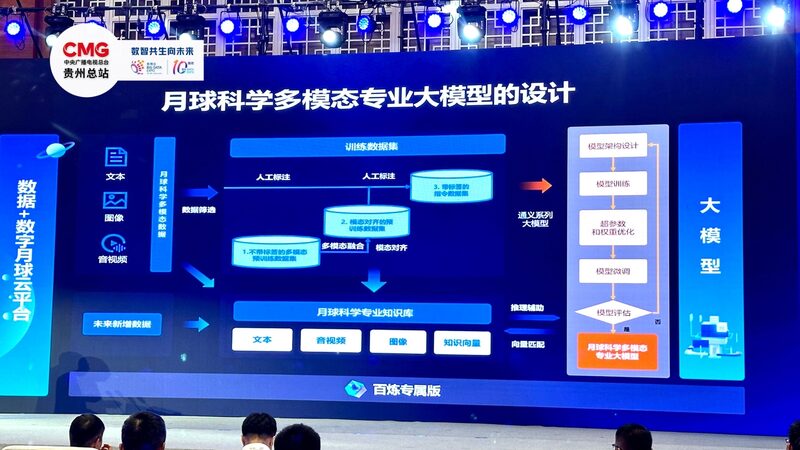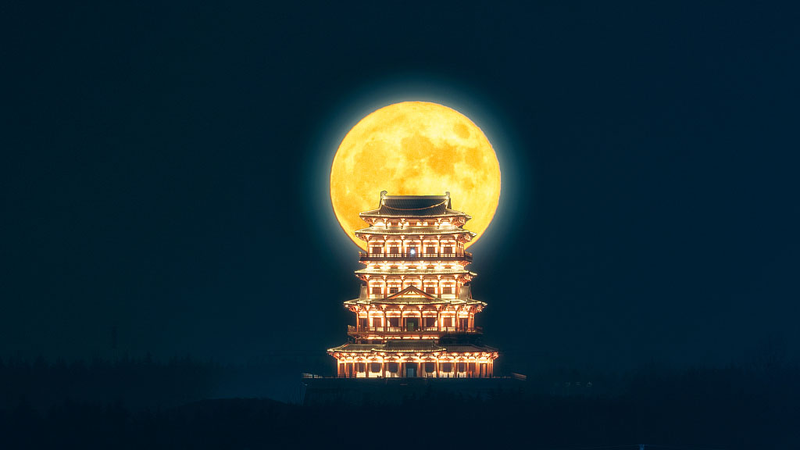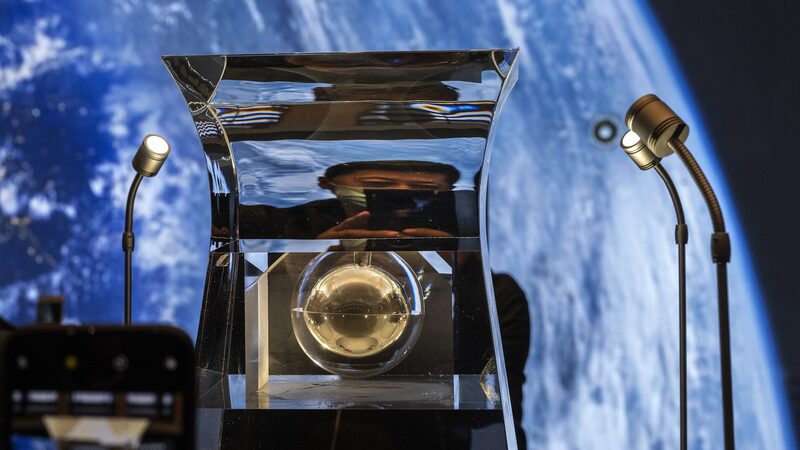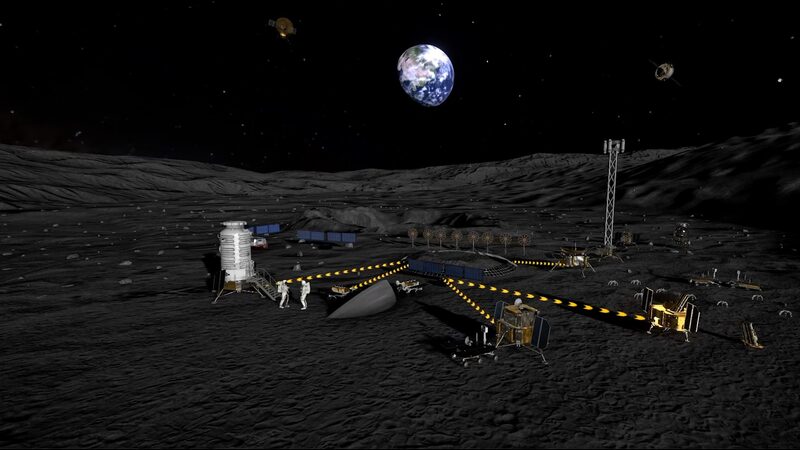Global Visionaries Unite: Designing the Moon’s First Research Station
The moon is rapidly becoming the next frontier for international exploration, with at least seven missions planned by nations including China, India, Japan, Russia, South Korea, the United Arab Emirates, the United States, and several private companies. More than half a century after humanity first set foot on the lunar surface, interest in our nearest celestial neighbor is surging once again.
But why is the moon capturing global attention now?
An exciting development is the recent discovery of water on the moon’s surface. Chinese scientists identified a new type of mineral in lunar samples returned by the Chang’e-5 mission, containing water in its molecular structure. Similarly, NASA mapped water molecule distribution near the moon’s south pole last year.
“We would like to build a laboratory so that we can extract this water and build something from it,” said Nasr Al-Sahhaf, chair of the International Moon Day Group. The presence of water opens up possibilities for sustaining human presence and utilizing lunar resources.
Building an international research station on the moon is a vision shared by many. “It is a stepping stone towards deep space exploration,” remarked Sandra Häuplik-Meusburger, a professor at the Vienna University of Technology and member of the International Academy of Astronautics.
However, the moon’s allure comes with significant challenges. With no atmosphere and only one-sixth of Earth’s gravity, the lunar environment is harsh and unforgiving. Extreme temperatures, frequent moonquakes, unpredictable micrometeorite impacts, and cosmic radiation pose serious obstacles.
“Reliable protection strategies must be formulated in response to its complex constraints. This should serve as the foundation for all work carried out,” emphasized Zhang Zexu, director of the Research Center for Deep Space Exploration at the Harbin Institute of Technology.
A long-term human presence on the moon requires overcoming these hurdles, as well as addressing issues like surface surveying, material production, resource utilization, energy development, communication systems, architectural design, transportation, maintenance, ecosystem building, and life support systems.
“These aspects are still not fully secured, and the technical solutions are just on paper and in the laboratory,” said Jan Kolar, vice president of the Moon Village Association. “This will be, at the moment, the most risky part of any mission to the moon.”
At a recent event marking the International Moon Day on July 20, experts and young engineers from around the world gathered to tackle these challenges head-on. “When you fly into space, you see the Earth as unity, as a home for all of us, and everything becomes interdependent,” said Dumitru-Dorin Prunariu, president of the Space Explorer Association and Romania’s first astronaut. “So we have to think globally.”
The event showcased the winners of the Moon Station 2050 Global Innovation Competition, an international initiative co-organized by the Harbin Institute of Technology, the China Aerospace Society, and the Moon Village Association. With 189 entries from 45 countries, the competition highlighted the passion of the younger generation in contributing innovative solutions for lunar exploration.
From transportation and energy utilization to construction and robotics, these projects address critical themes for building a research station on the moon. A team from Tsinghua University designed a system of lightweight robots capable of working collaboratively. “They can drill inside the lunar soil to explore, so that we can acquire comprehensive data about the in-situ resources for aiding the construction of the moon station,” explained team member Chan Nga Teng.
Lucas-Brian Christen, a research student at the University of Tokyo, and his team proposed a new type of thin-film solar cells that can be printed directly onto the lunar regolith. This approach offers a solution for energy utilization using the moon’s own materials.
“The moon is part of the Earth, so being able to understand what’s happening on the moon, around the moon, and in between the moon and the Earth is fundamental for all humanity,” said Giuseppe Reibaldi, president of the Moon Village Association. “On these issues, we must unite all the countries in the world.”
As global visionaries collaborate to overcome the challenges of lunar exploration, the dream of a research station on the moon moves closer to reality. This endeavor not only represents a significant leap for science and technology but also serves as a unifying mission for humanity’s shared future in space.
Reference(s):
To the moon: What will a research station on the moon look like?
cgtn.com








